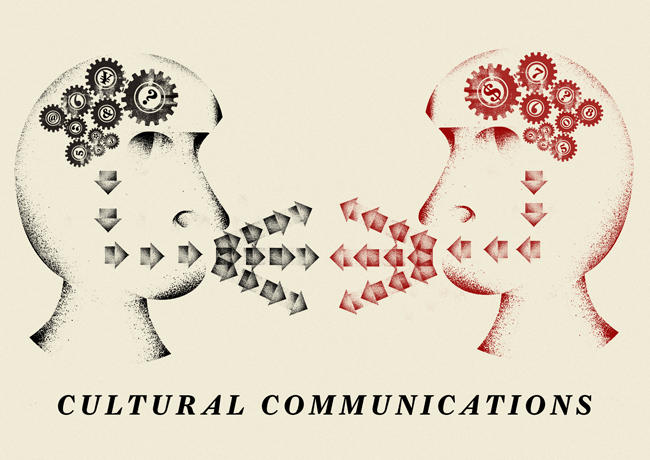

From an international perspective, the United States is falling behind other countries in terms of access to high-speed Internet. Scholars argue that these continued gaps will only serve to exacerbate existing cultural and social inequalities.

This is relevant to cultural identities because there are already inequalities in terms of access to technology based on age, race, and class (Sylvester & McGlynn, 2010). This divide doesn’t just exist in developing countries it has become an increasing concern in the United States. Discussions of the digital divide are now turning more specifically to high-speed Internet access, and the discussion is moving beyond the physical access divide to include the skills divide, the economic opportunity divide, and the democratic divide. Approximately two billion people around the world now access the Internet regularly, and those who don’t face several disadvantages (Smith, 2011). The term expanded to include access to the Internet since it exploded onto the technology scene and is now connected to virtually all computing (van Deursen & van Dijk, 2010). The digital divide was a term that initially referred to gaps in access to computers. As “digital natives” it is probably also surprising to realize the number of people who do not have access to certain technologies. Many people who are now college age struggle to imagine a time without cell phones and the Internet. Perhaps less obvious may be the need for teachers to work with students who do not speak English as their first language and for police officers, lawyers, managers, and medical personnel to be able to work with people who have various cultural identities. Obviously, the global market sets up the need to have intercultural competence for employees who travel between locations of a multinational corporation. People in most fields will be more successful if they are prepared to work in a globalized world. However, as the following “Getting Plugged In” box indicates, there is also a digital divide, which refers to the unequal access to technology and related skills that exists in much of the world. As was noted earlier, technology has created for some a global village where vast distances are now much shorter due to new technology that make travel and communication more accessible and convenient (McLuhan, 1967). Changing economies and technologies intersect with culture in meaningful ways (Martin & Nakayama). Additionally, as we become more self-aware, we may also become more ethical communicators as we challenge our ethnocentrism, or our tendency to view our own culture as superior to other cultures.Īs was noted earlier, difference matters, and studying intercultural communication can help us better negotiate our changing world. Intercultural communication can allow us to step outside of our comfortable, usual frame of reference and see our culture through a different lens. However, the old adage “know thyself” is appropriate, as we become more aware of our own culture by better understanding other cultures and perspectives.


Our thought process regarding culture is often “other focused,” meaning that the culture of the other person or group is what stands out in our perception. One reason we should study intercultural communication is to foster greater self-awareness (Martin & Nakayama, 2010). Intercultural communication is communication between people with differing cultural identities. It is through intercultural communication that we come to create, understand, and transform culture and identity.


 0 kommentar(er)
0 kommentar(er)
